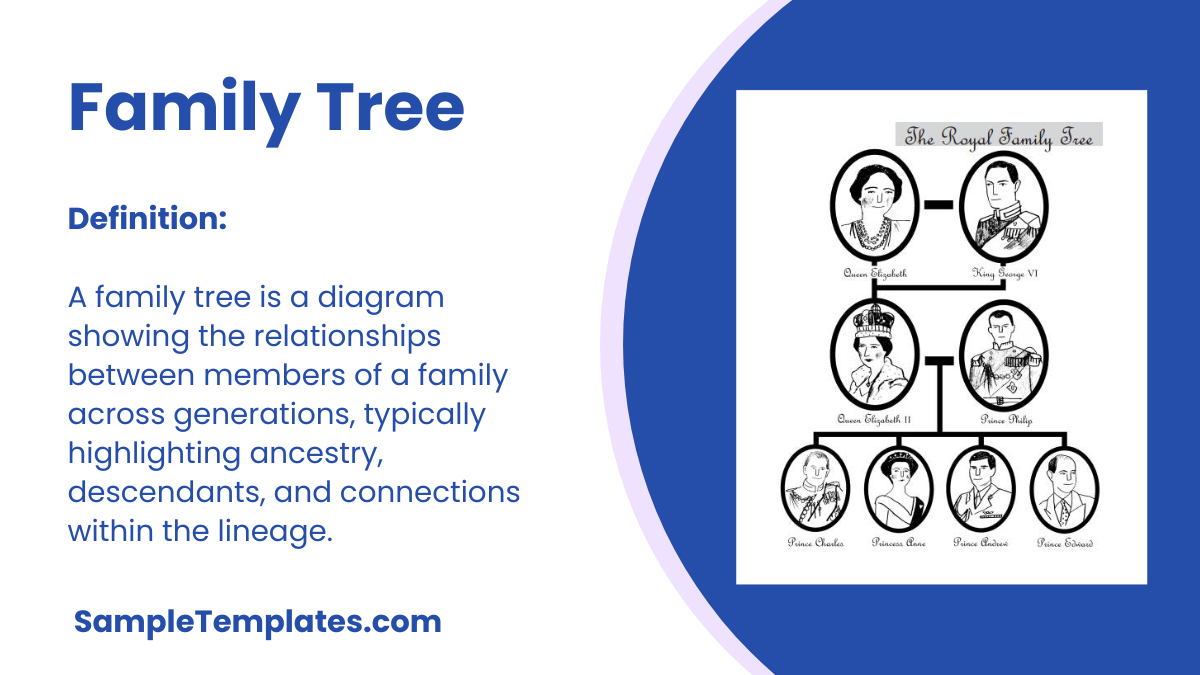Did you know that Confucius’s genealogical line marked as the longest and oldest family tree ever? His family tree even recorded up to 86 generations in 2,500 years. That is, according to the 2005 Guinness Sample Book of World Records. Who knows, a tiny bit part of you might be part of his lineage. Also, there could be intriguing facts and stories to unveil from your families and ancestors. So instead of just treating a family tree as a cute school project, you can treat it as an enlightening refresher in discovering your roots too. And you can create that tree diagram or chart in no time by using sample family tree templates.
Sample Large Family Tree Template
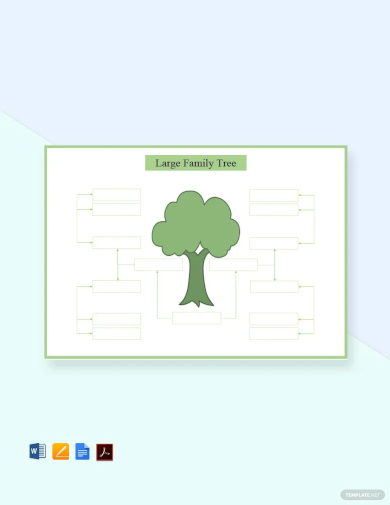
Seven Generation Family Tree Template

Large Family Tree Template
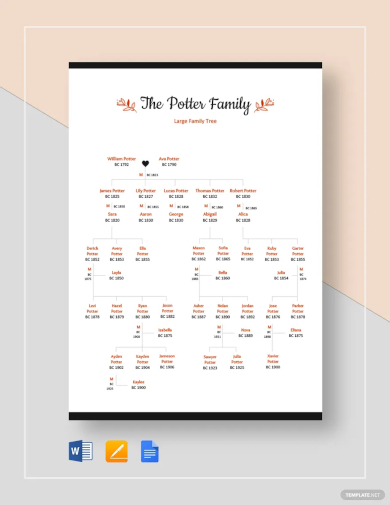
Four Generation Family Tree Template
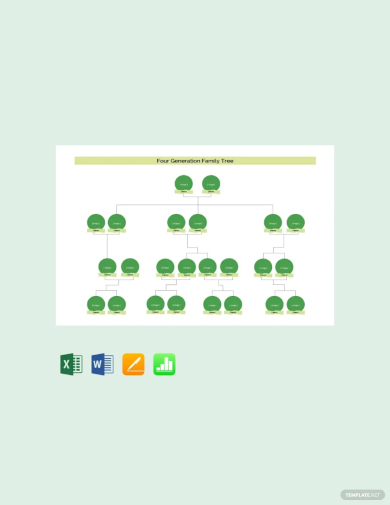
How to Create a Family Tree?
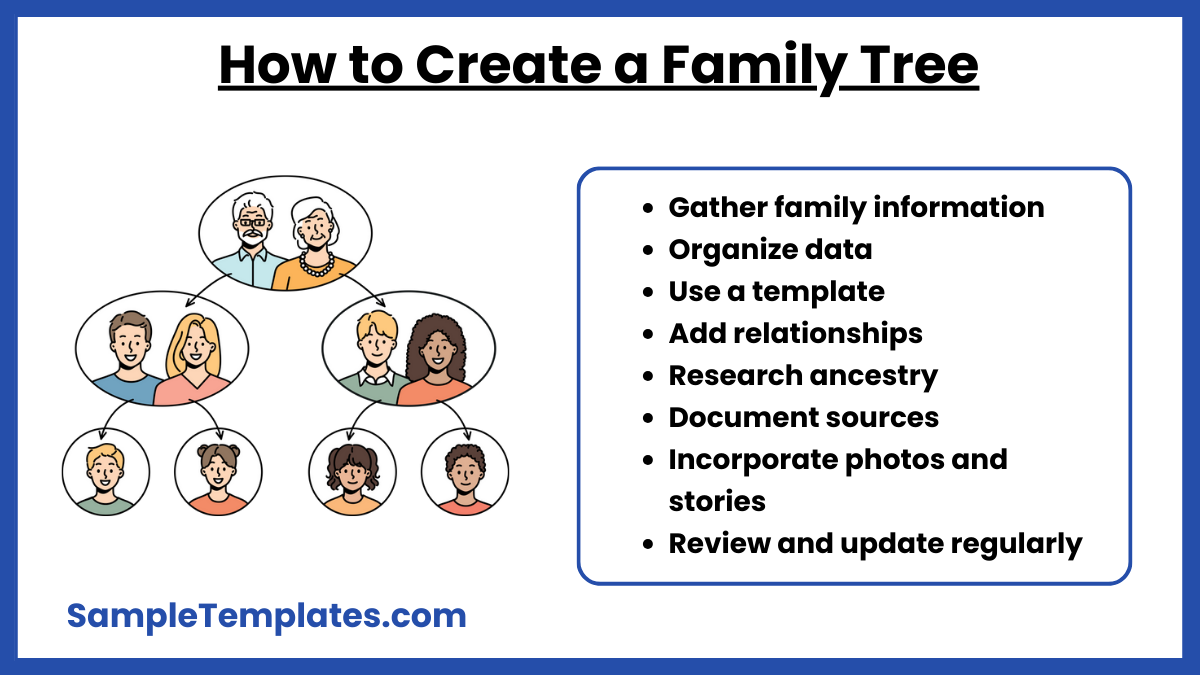
- Gather family information: Start by collecting names, birth dates, and relationships from family members, old records, and documents. You can also see more on Blank Family Tree.
- Organize data: Arrange information by generations, beginning with yourself, parents, grandparents, and extending backward.
- Use a template: Choose a family tree template or software to visually organize the data, either on paper or digitally.
- Add relationships: Include spouses, children, and siblings to connect the family branches accurately.
- Research ancestry: Investigate historical records, such as census data, birth and death certificates, and marriage licenses to fill in missing details.
- Document sources: Keep track of where information came from to verify its accuracy and for future reference. You can also see more on 3 Generation Family Tree.
- Incorporate photos and stories: Enhance the tree by adding family photos, anecdotes, or historical notes to personalize the chart.
- Review and update regularly: Periodically revise the family tree as new information, births, or marriages occur.
Modern Family Tree Template
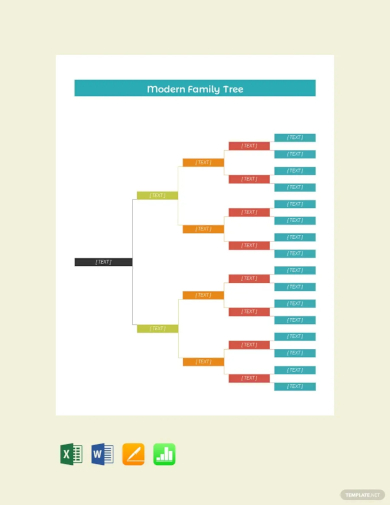
Sample Blank 10 Generation Family Tree Template

Family Tree Chart Template
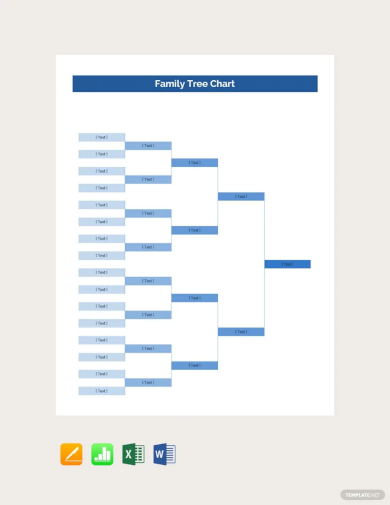
Genealogy Family Tree Template
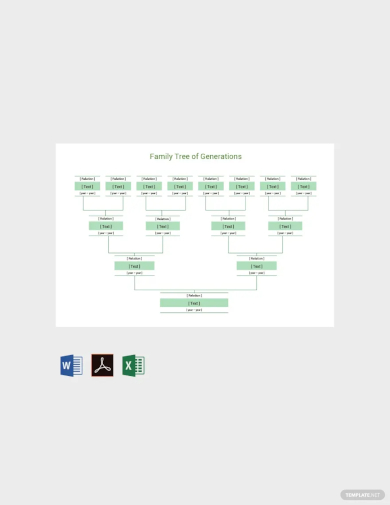
Photo Family Tree Template
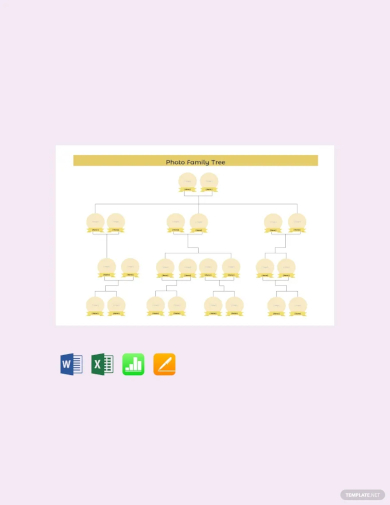
Blended Family Tree Template
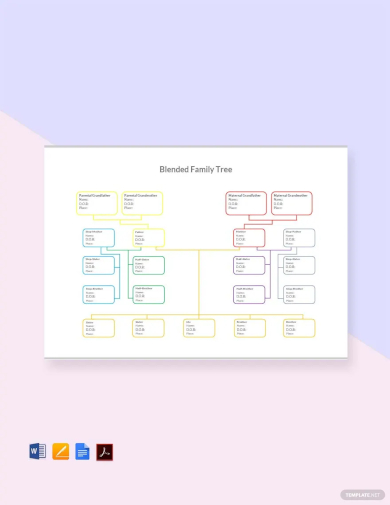
Basic Family Tree Template

Blank Family Tree Template
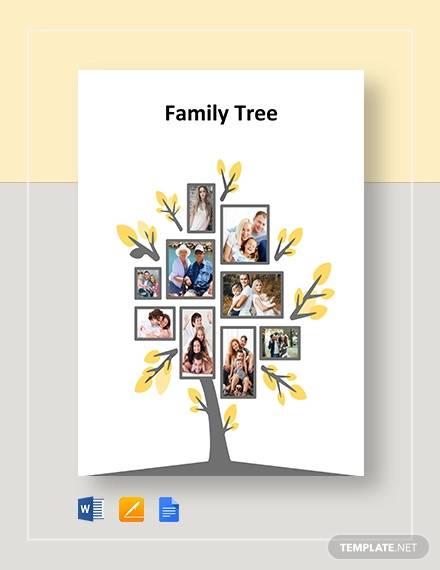
Free Sample Family Tree Template
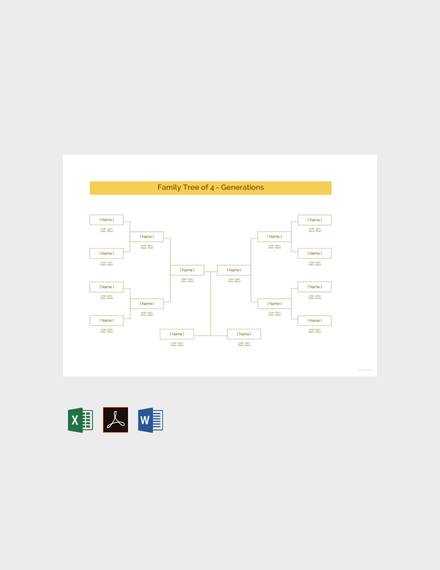
Uses of Family Tree
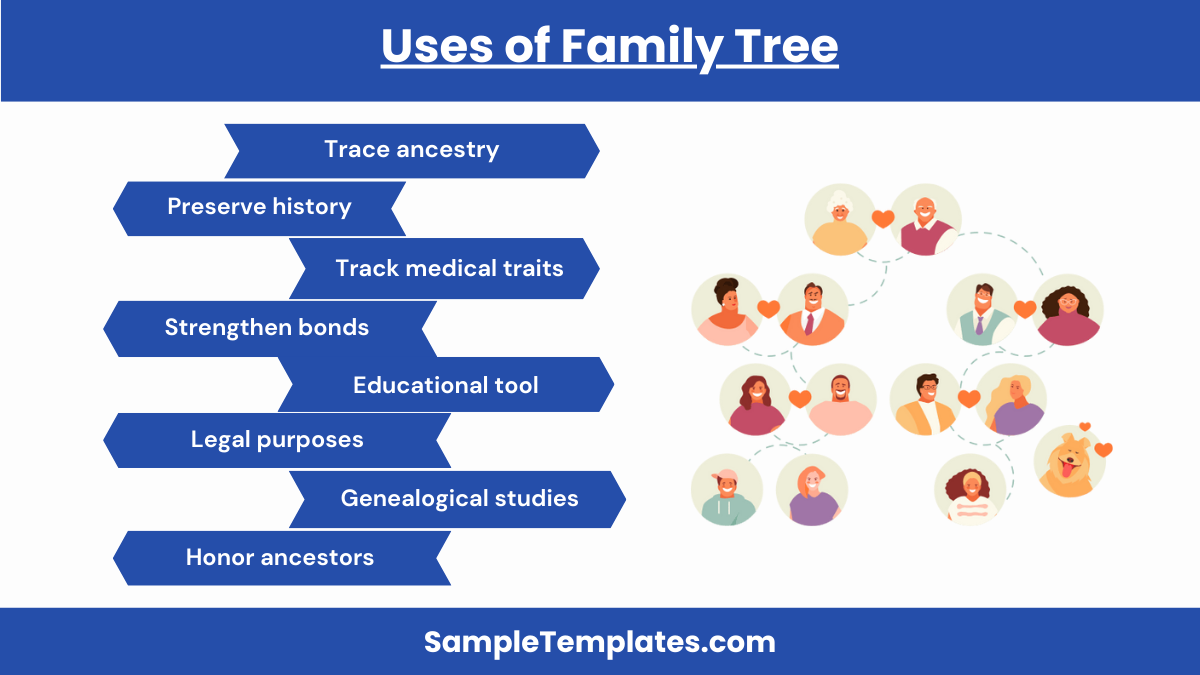
- Understanding ancestry: A family tree helps trace lineage, showing connections to ancestors and historical roots. You can also see more on Genealogy Chart.
- Preserving family history: It serves as a record of family heritage, safeguarding information for future generations.
- Tracking medical history: Family trees can help identify genetic traits or hereditary conditions that run through generations.
- Strengthening family bonds: By exploring shared ancestry, a family tree fosters connections and shared identity among relatives.
- Educational purposes: It provides insight into historical events, cultural backgrounds, and migration patterns through family lines.
- Legal documentation: Family trees are useful in establishing legal inheritance, wills, or verifying relationships for official purposes.
- Genealogical research: It’s an essential tool for those conducting genealogical studies or tracing family roots through generations. You can also see more on Large Family Tree.
- Honoring ancestors: Creating a family tree allows families to honor and remember their ancestors’ contributions and legacies.
Standard Family Tree Template
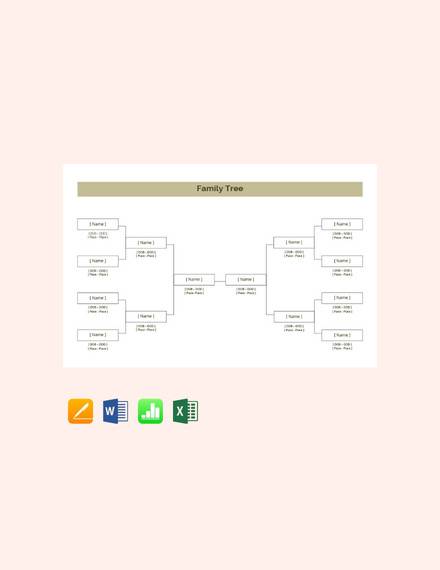
Formal Family Tree Template

Family Tree of Generations Template

Free Blank 7 Generation Family Tree Template
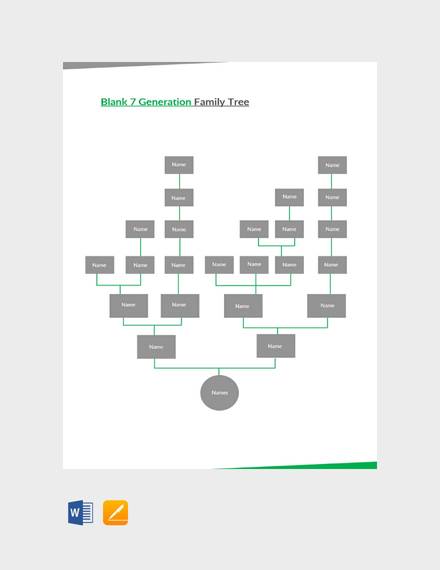
Kid Friendly Family Tree Template

Family Tree Template for Mac
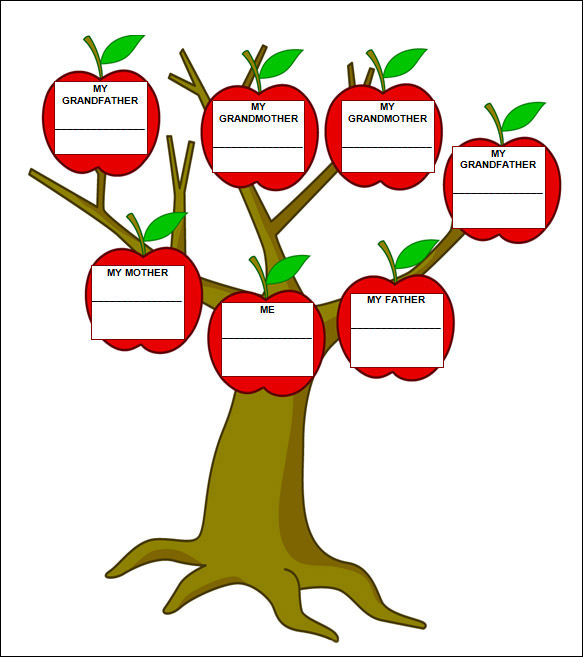
Family Tree Template for Kids Template
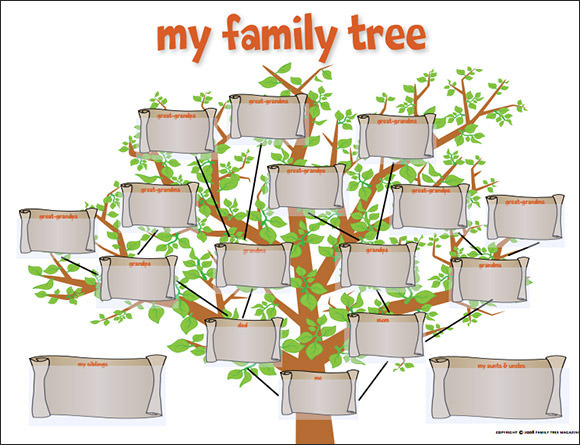
Tips For Making a Family Tree
- Start with yourself: Begin by adding your own information, then move backward to parents and grandparents, expanding with each generation. You can also see more on Family Genogram.
- Use reliable sources: Collect information from trusted sources like family members, official documents, and historical records.
- Organize by generations: Arrange family members by generations to clearly show relationships between ancestors and descendants.
- Choose the right format: Use a template, software, or hand-drawn chart to visually represent the family tree according to your preference.
- Include key details: Add important dates (birth, marriage, death) and locations to enrich the family history.
- Add photos and stories: Personalize the tree with family photos and anecdotes for a more meaningful and engaging representation. You can also see more on Decision Tree.
- Verify facts: Double-check historical and personal details to ensure accuracy and avoid potential errors in your family tree.
- Update regularly: Keep the family tree up-to-date by adding new family members, marriages, or other important changes over time.
Family Tree Template PSD

Family Tree Template with Siblings Template
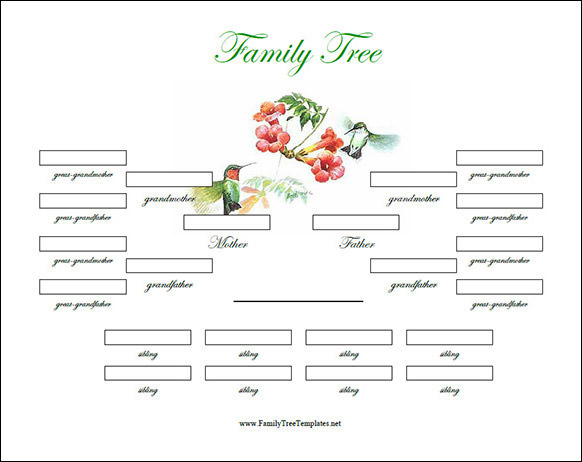
Family Tree Template Word
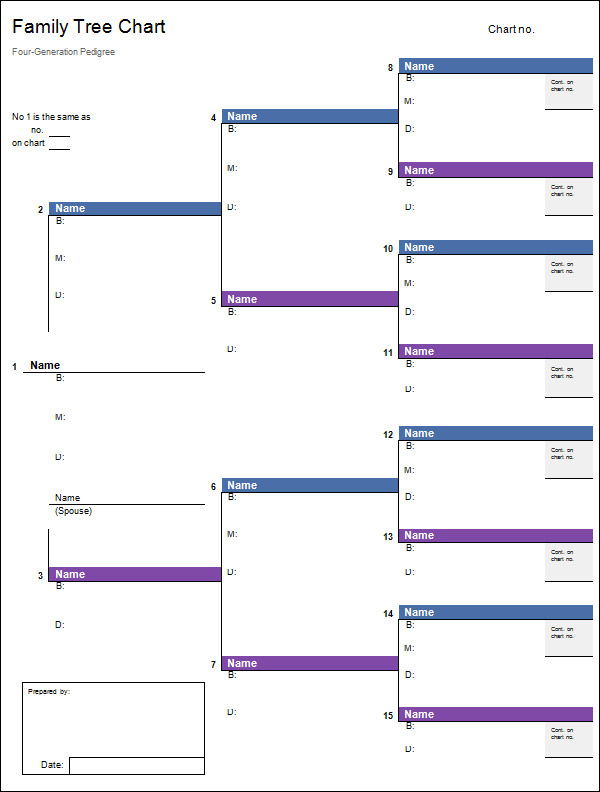
Sample 3 Generation Family Tree Template
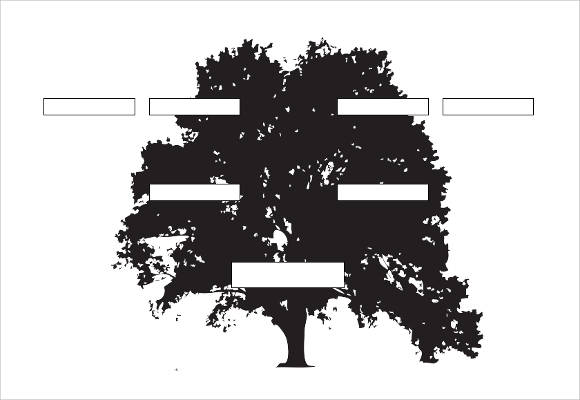
4 Generation Family Tree Template
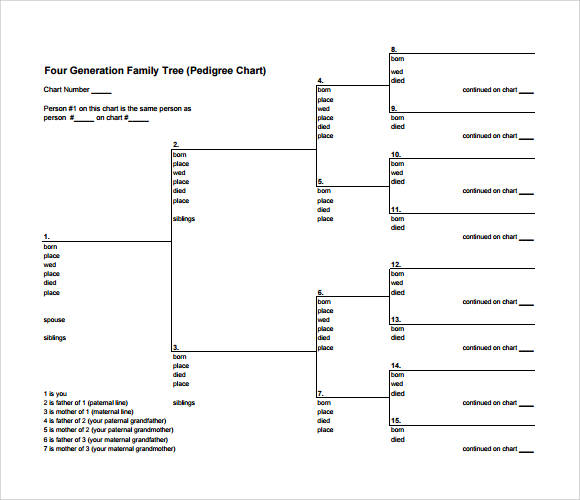
5 Generation Family Tree Template
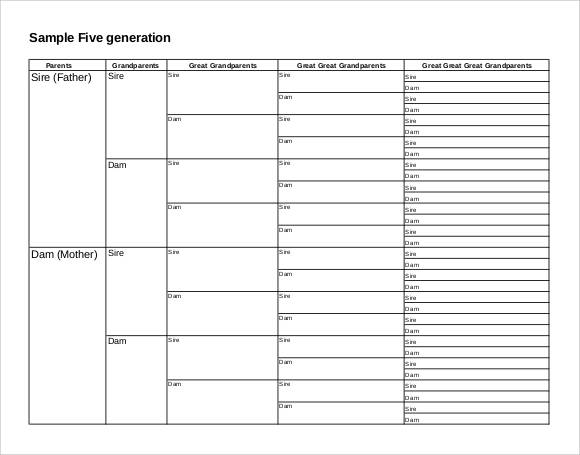
Sample 6 Generation Family Tree Template
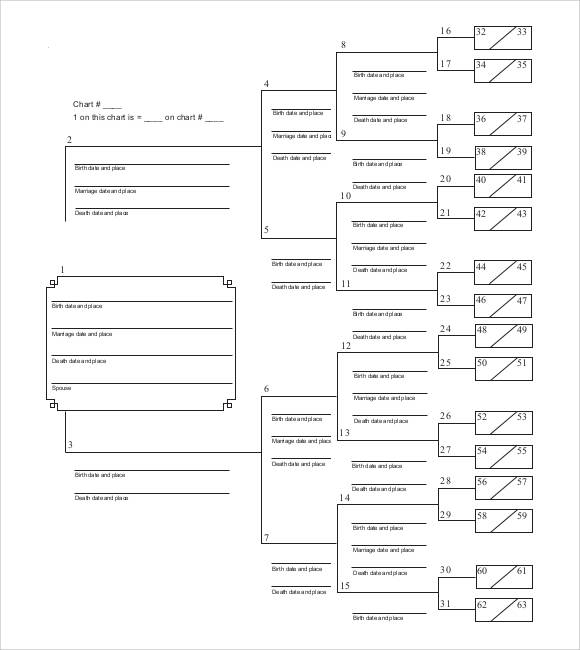
How Does a Family Tree Work?
- Starts with an individual: A family tree typically begins with one person, often you, and branches out to show ancestors and descendants. You can also see more on Family Reunion Invitation.
- Generational structure: It is organized by generations, with older generations placed higher and newer generations below.
- Parent-child connections: Lines connect parents to their children, illustrating the relationships within the family.
- Marriage connections: Spouses are represented by a line between their names, linking them within the tree.
- Siblings in the same generation: Siblings appear on the same horizontal line, under their parents’ names, showing shared ancestry.
- Ancestors at the top: Older ancestors, such as grandparents and great-grandparents, appear at the top of the tree.
- Descendants below: Children, grandchildren, and future generations are shown branching downward from their ancestors. You can also see more on Fault Tree.
- Expanded branches: The tree expands sideways and downward as more family members, such as cousins or extended relatives, are added.
7 Generation Family Tree Template
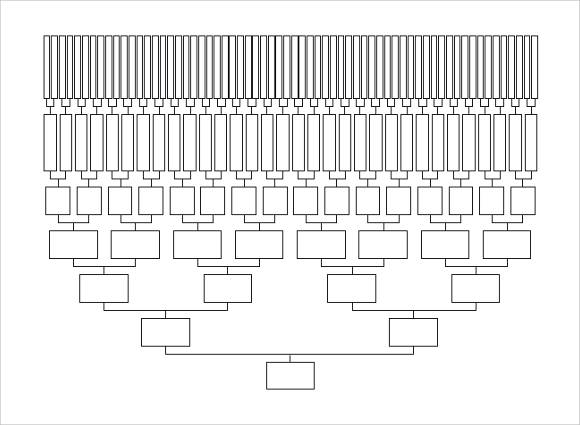
A4 Family Tree Template
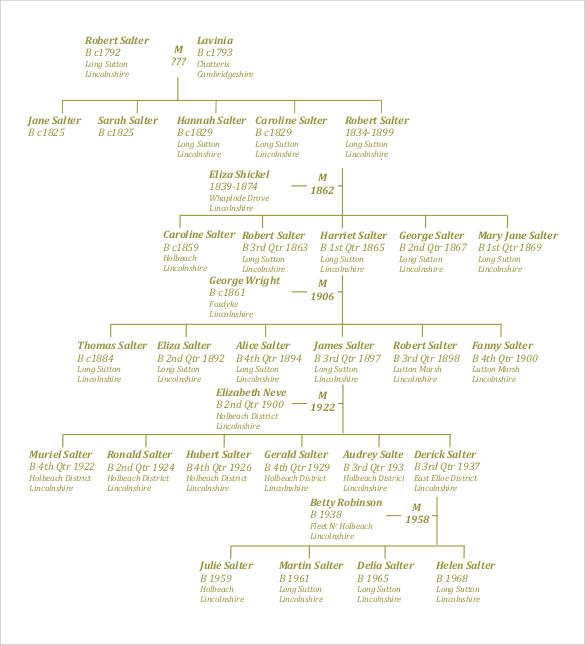
Family Tree Chart Template
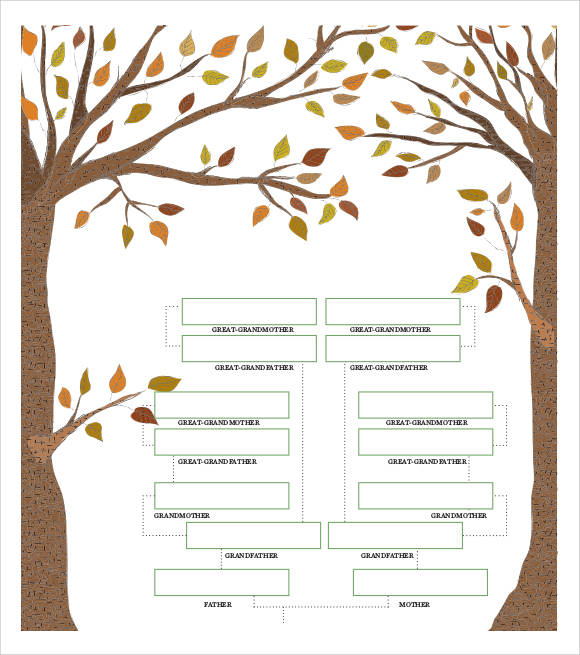
Family Tree Layout Example
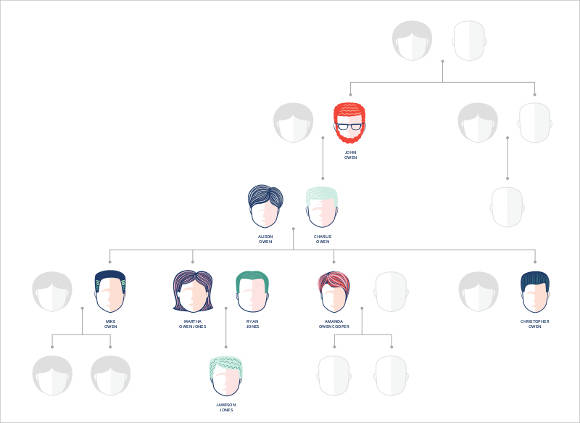
Family Tree Outline Template
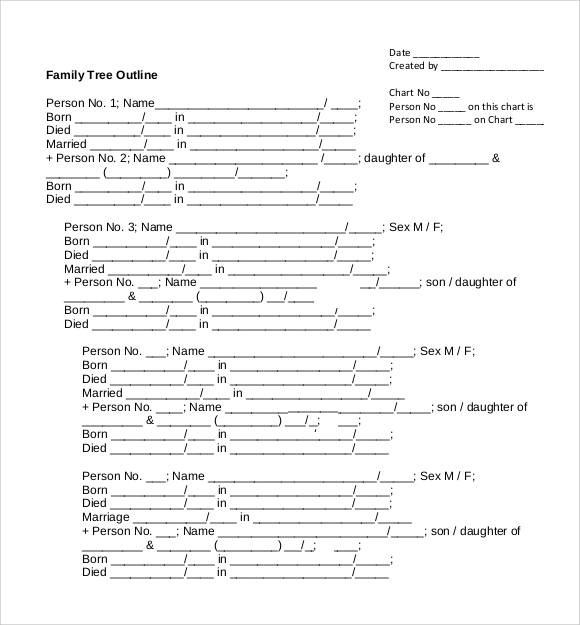
Kindergarten Family Tree Template

Sample Large Family Tree Template
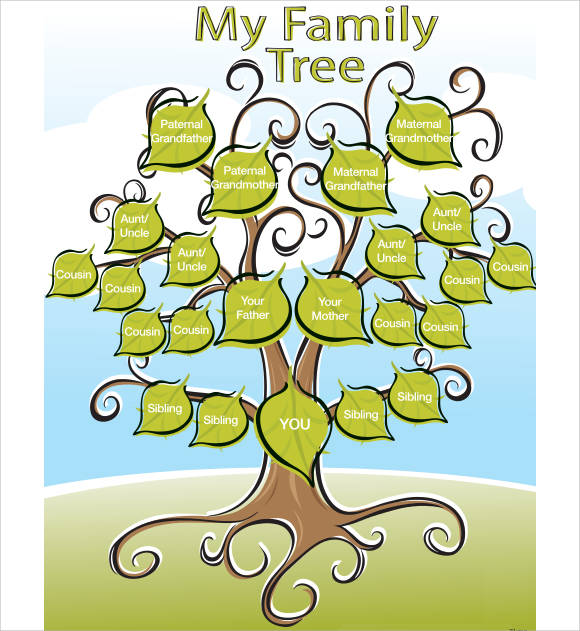
Office Family Tree Template

Sample Old Fashioned Family Tree

Photo Family Tree Template
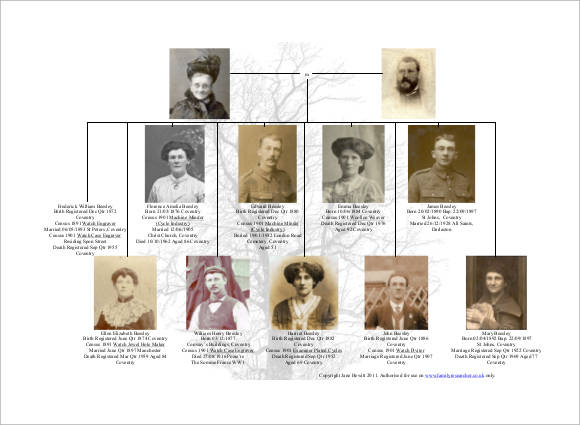
PreSchool Family Tree

Sample Royal Family Tree Template
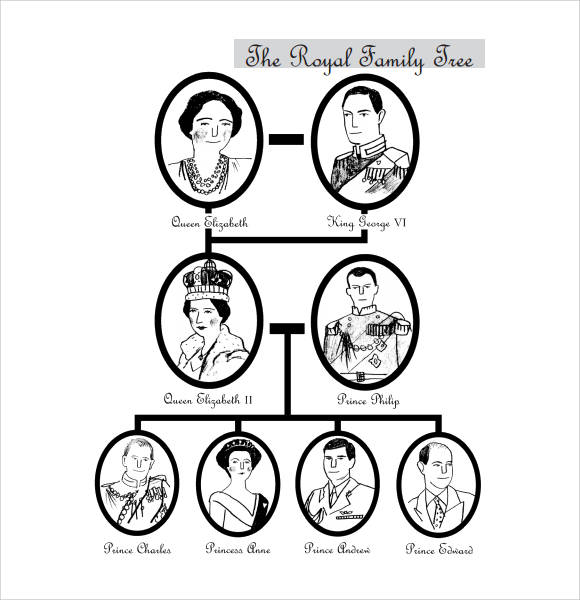
School Family Tree Template

Sample Small Family Tree Template
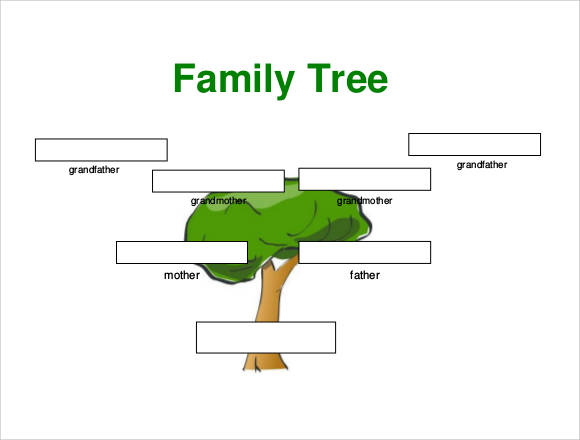
Family Tree Template Excel
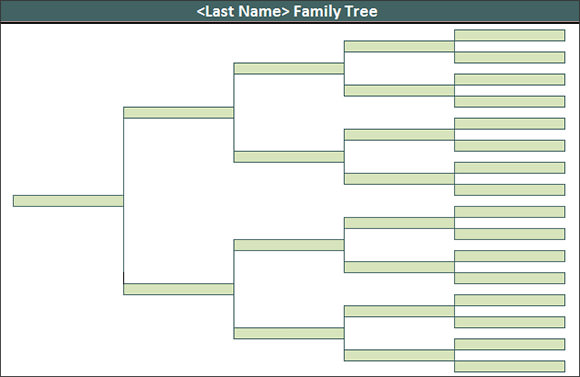
Free Editable Family Tree Template

Standard Family Tree Template

Basic Family Tree Template
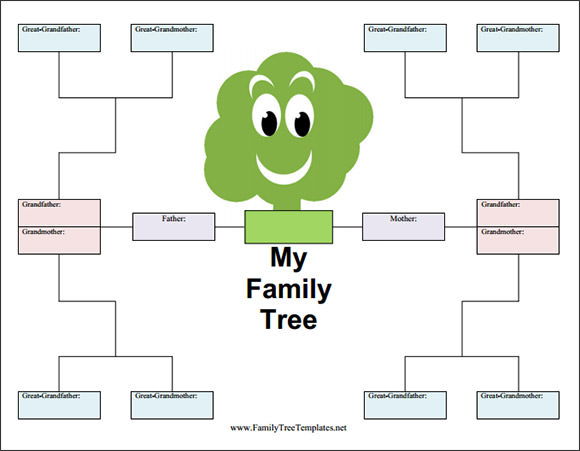
Tips For Making a Family Tree
- Start with yourself: Begin by adding your own information, then move backward to parents and grandparents, expanding with each generation.
- Use reliable sources: Collect information from trusted sources like family members, official documents, and historical records.
- Organize by generations: Arrange family members by generations to clearly show relationships between ancestors and descendants.
- Choose the right format: Use a template, software, or hand-drawn chart to visually represent the family tree according to your preference.
- Include key details: Add important dates (birth, marriage, death) and locations to enrich the family history.
- Add photos and stories: Personalize the tree with family photos and anecdotes for a more meaningful and engaging representation.
- Verify facts: Double-check historical and personal details to ensure accuracy and avoid potential errors in your family tree.
- Update regularly: Keep the family tree up-to-date by adding new family members, marriages, or other important changes over time.
Family Tree Design Photoshop Template
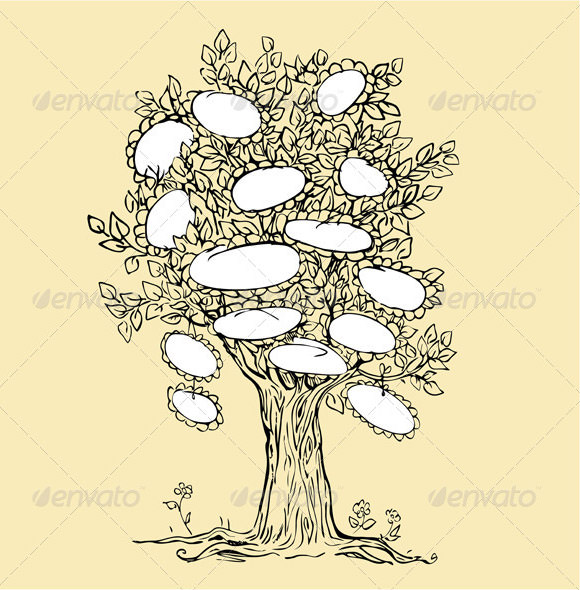
Family Tree Outline Template
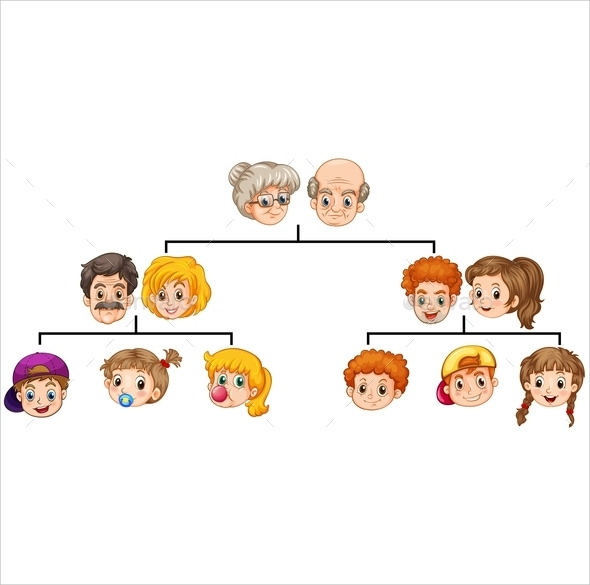
Family Tree Flat Template

Sample Family Tree With Vintage Template

Family Tree Vintage Style Template
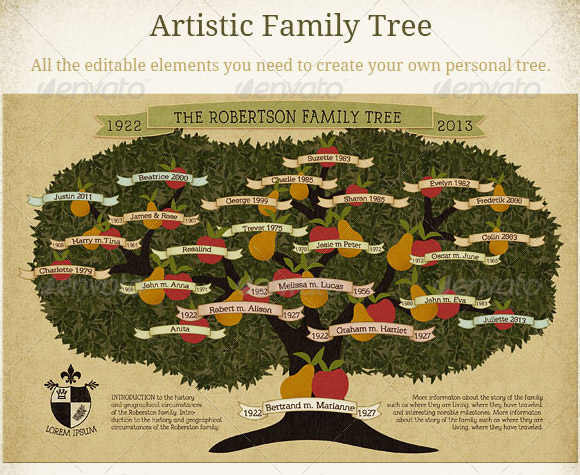
Simple Family Tree Template
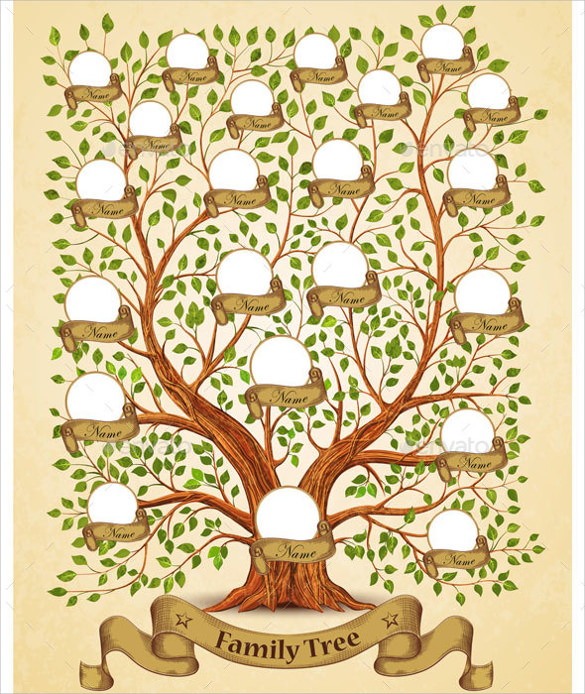
Family Tree Chart Template

Kids Family Tree Template
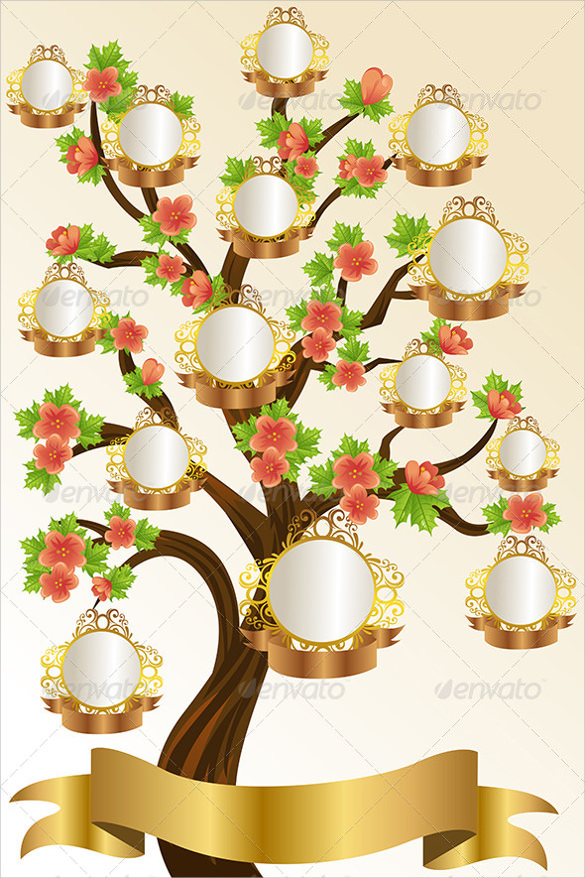
Family Tree in Pictures Template
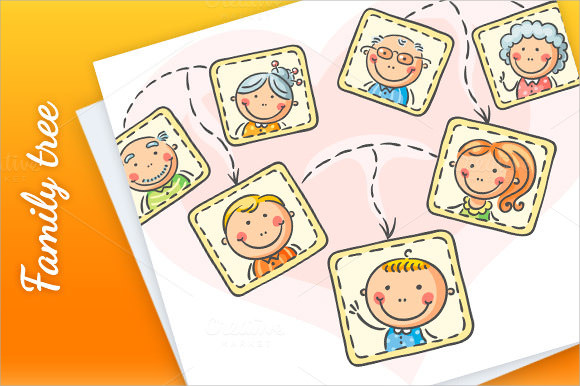
Family Tree Wall Sticker Template
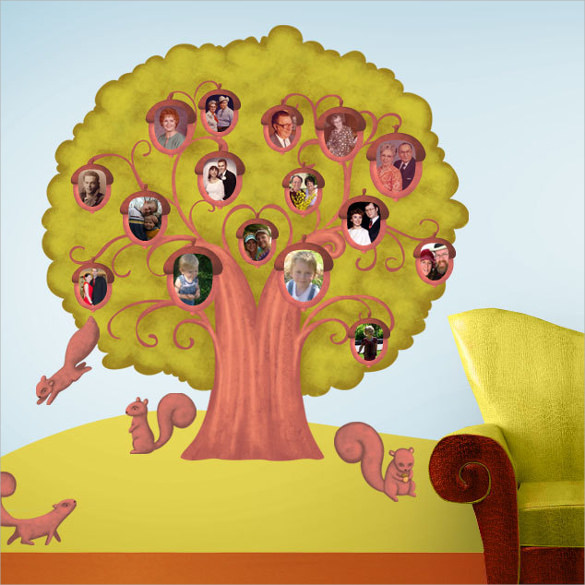
Family Genealogical Tree Template
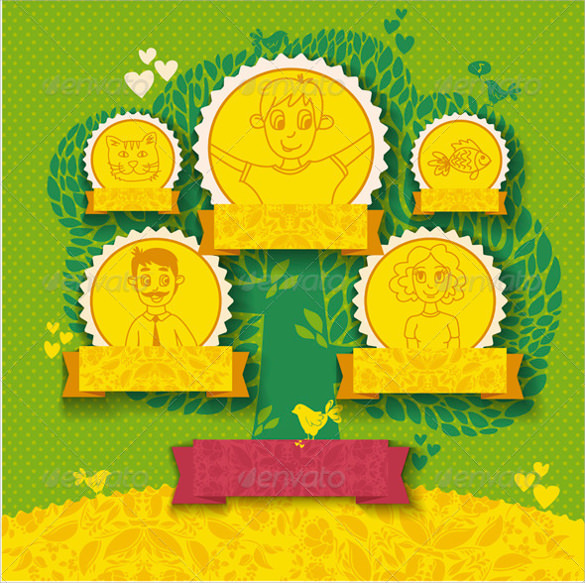
Genealogical Family Tree Template
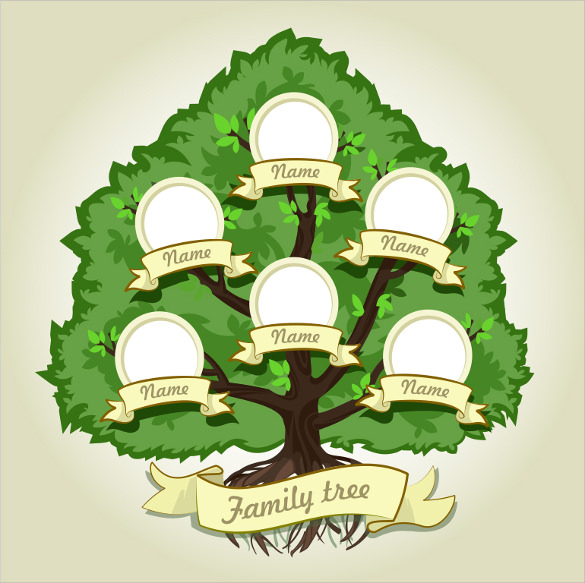
Big Family Tree Template

DIY Family Tree Papercutting Template
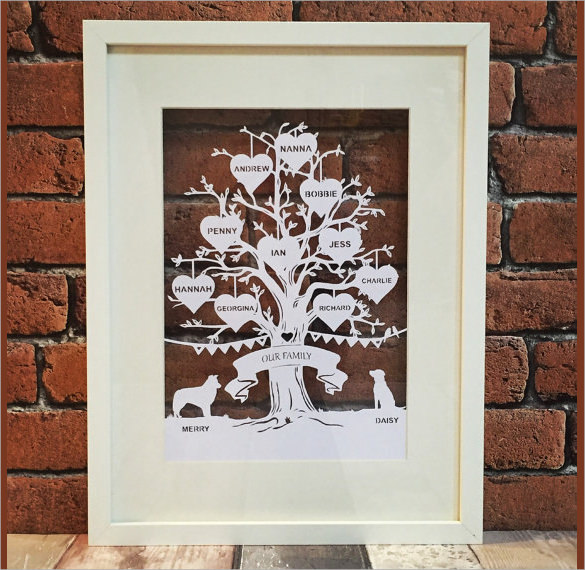
Printable Family Tree Template
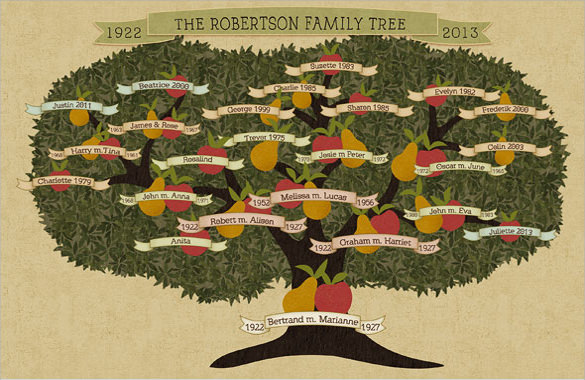
Family Tree Maker Template
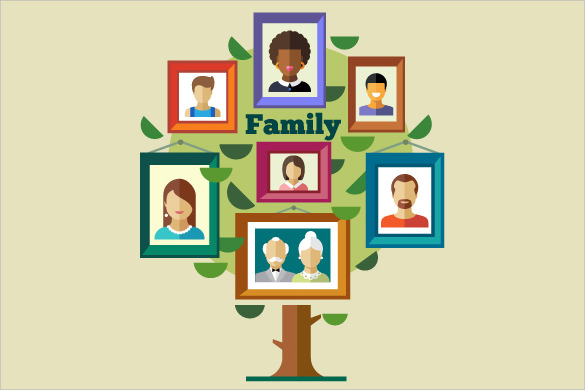
Personalized Modern Family Tree Template
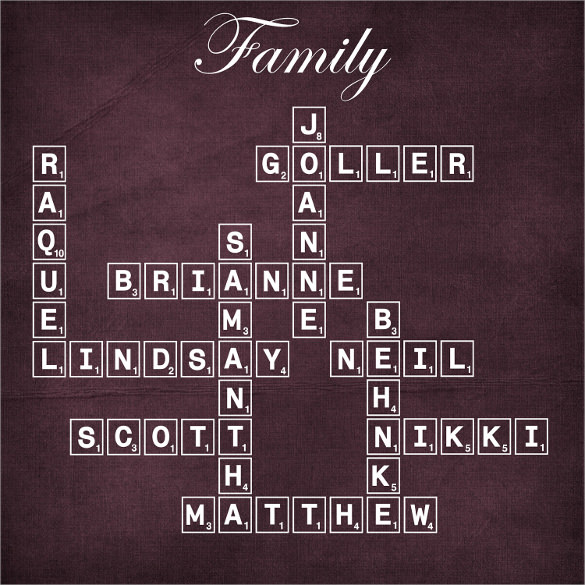
Family Tree: What Is It?
A family tree refers to a graphical representation that showcases the relationship or connection between families from different generations. And it is called as such due to how a typical tree is structured. The roots represent the ancestors’ beginning, while the branches sample form the children and the next generation. Therefore, the family tree chart helps remind the new generation about some background of their late siblings, cousins, relatives, and even the great great great great grandparents. No family tree is final, though, because new members can be added to the family when children become moms and dads someday.
FAQs
What are the other names of a family tree?
Family trees are associated with different names but are similar in function. Examples include a genogram, ancestor chart, descendant chart, relationship diagram, family group sheet, and sandglass diagram.
What is the purpose of a family tree?
Yes, the family tree displays who your families are. That includes those who have passed away for a long time and how they are related to you. But its purpose is more than that. The insights gathered from such family trees enable you to understand where you got your inherited looks from, learn interesting stories about the past, and more. It helps you understand your roots that can help bring the family tree chart closer rather than staying distant to one another.
What is the relationship between family trees and science?
Besides learning who your great parents and grandparents are, family trees help answer medical and scientific research questions. An example is when you need ideas on where you got a disease, as it can be genetic. More so, in recognizing hereditary traits and appearances. In some cases, bloodlines are traced from the tree charts.
You might want to present logical reasoning for children about their family generations too. That way, you can make them understand family relationships clearly. What is even better? You are in luck since we have prepared professionally-made family tree templates for you to craft a convenient and easily understandable pedigree. Download now and preserve your family’s unique heritage and history.
Related Posts
FREE 20+ Sample Buy Sell Agreement Templates in PDF | MS Word | Google Docs | Pages
FREE 18+ Sample Consignment Agreement Templates in Google Docs | MS Word | Pages | PDF
FREE 19+ Management Report Templates in PDF | MS Word | Apple Pages
FREE 9+ Dvd Label Templates in PSD | MS Word
FREE 16+ Sample Water Bottle Label Templates in PSD | MS Word | EPS
FREE 8+ Chibi Samples in EPS | AI
FREE 5+ Sample Minecraft Pixels Arts in PSD | EPS | PDF
FREE 12+ Sample Business Continuity Plan Templates in PDF
FREE 11+ Sample CMYK Color Chart Templates in PDF
FREE 12+ Sample Best Pool Party Invitation Templates in AI | MS Word | Pages | PSD | Publisher
FREE 10+ Sample Marketing Email Templates in HTML | PSD | PDF
FREE 10+ Sample Follow Up Email After Interview in PDF | MS Word
FREE 40+ Sample Concert Ticket Templates in AI | MS Word | Pages | PSD | Publisher | PDF
FREE 8+ Sample Sell Sheet Templates in MS Word | PDF | Excel
FREE 8+ Passport Samples in AI | MS Word | Pages | PSD | Publisher | PDF
